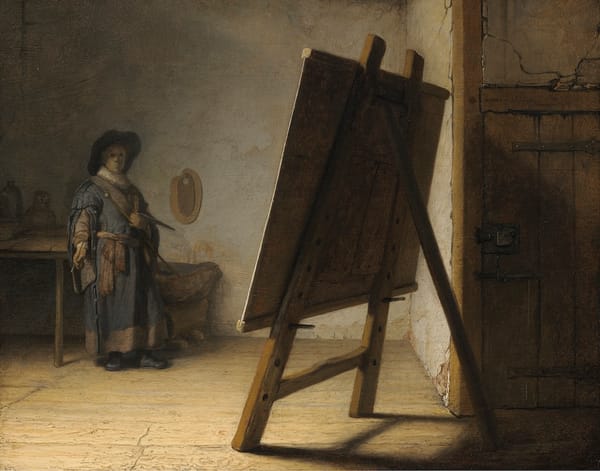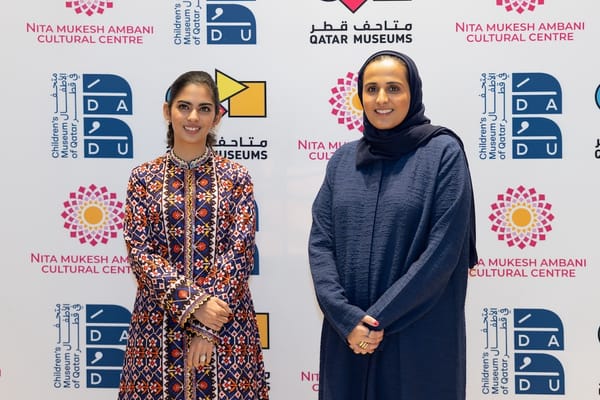Art, Innovation, and Transparency: Dinesh Vazirani on Leading Saffronart
Dinesh Vazirani, co-founder of Saffronart, shares insights into building one of India’s most prominent auction houses, pioneering online auctions, and how transparency, technology, and art appreciation have shaped his journey in the art world.
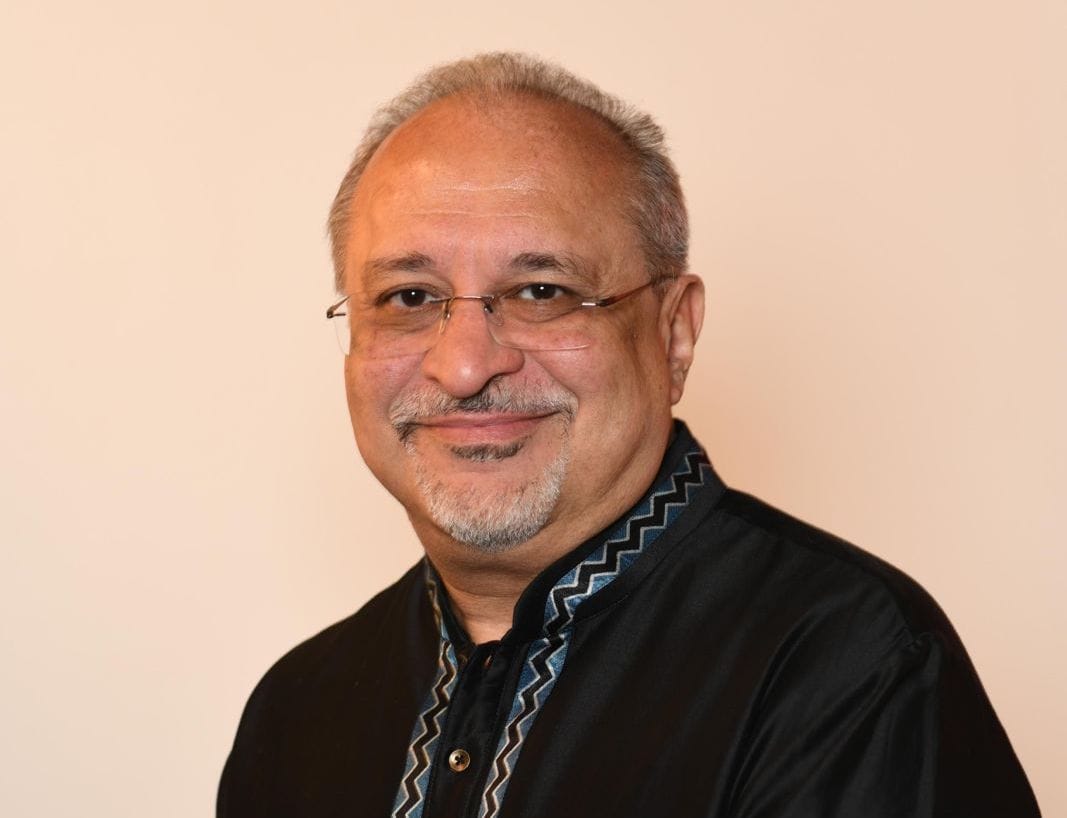
Dinesh Vazirani, co-founder of Saffronart, has been a key figure in revolutionizing the Indian art market. With a background in fine arts and industrial engineering from Stanford and an MBA from Harvard, Dinesh, alongside his wife Minal, founded Saffronart in 2000. The company, one of India’s most reputed auction houses, introduced transparency and accessibility to the world of Indian art, both online and offline. Over the years, Saffronart has grown into a leading international auction house with offices in Mumbai, New Delhi, London, and New York. In this exclusive interview, Dinesh reflects on his personal journey, the evolution of Saffronart, and his thoughts on the future of art in India and beyond.
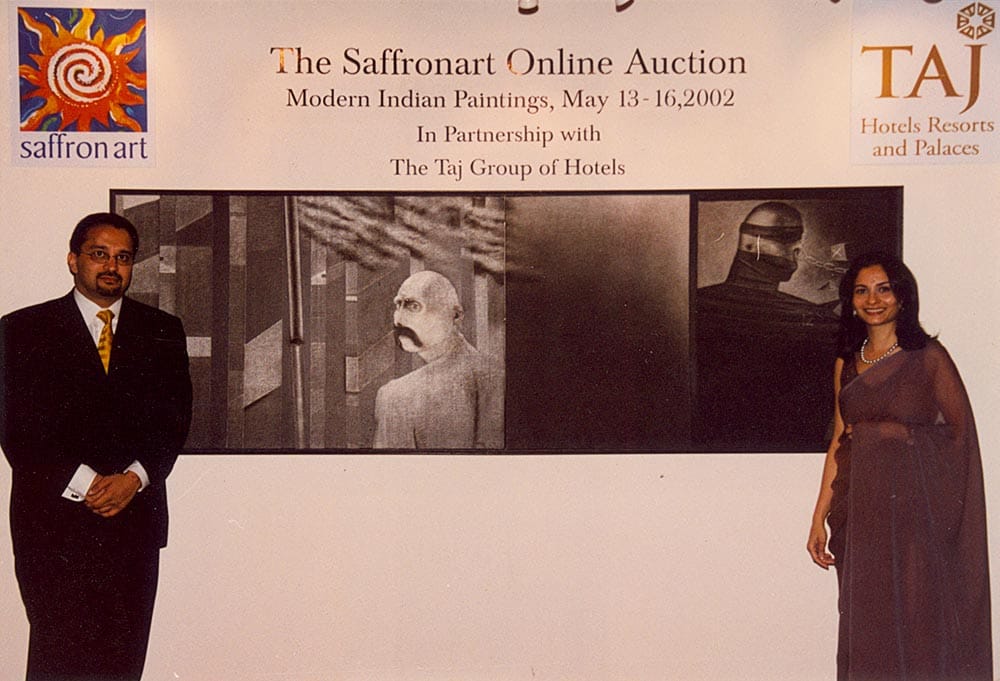
Nikhil Sardana: You have an academic background in art and design, as well as engineering. Can you tell us about your journey into the world of art and what inspired you to make it your career?
Dinesh Vazirani: I’ve always had a passion for art since childhood. It all began in school when I took up art as a subject in the 12th grade, and I continued painting throughout my early years. At Stanford, I had the opportunity to pursue a dual degree—a Bachelor’s in Fine Arts and a Master’s in Engineering. This combination allowed me to balance both creative and technical disciplines.
One of my professors, Jody Maxmin, taught Greek history and opened my eyes to the connection between art and history. Art is often a reflection of society, and that realization has been a guiding principle for me in my journey.
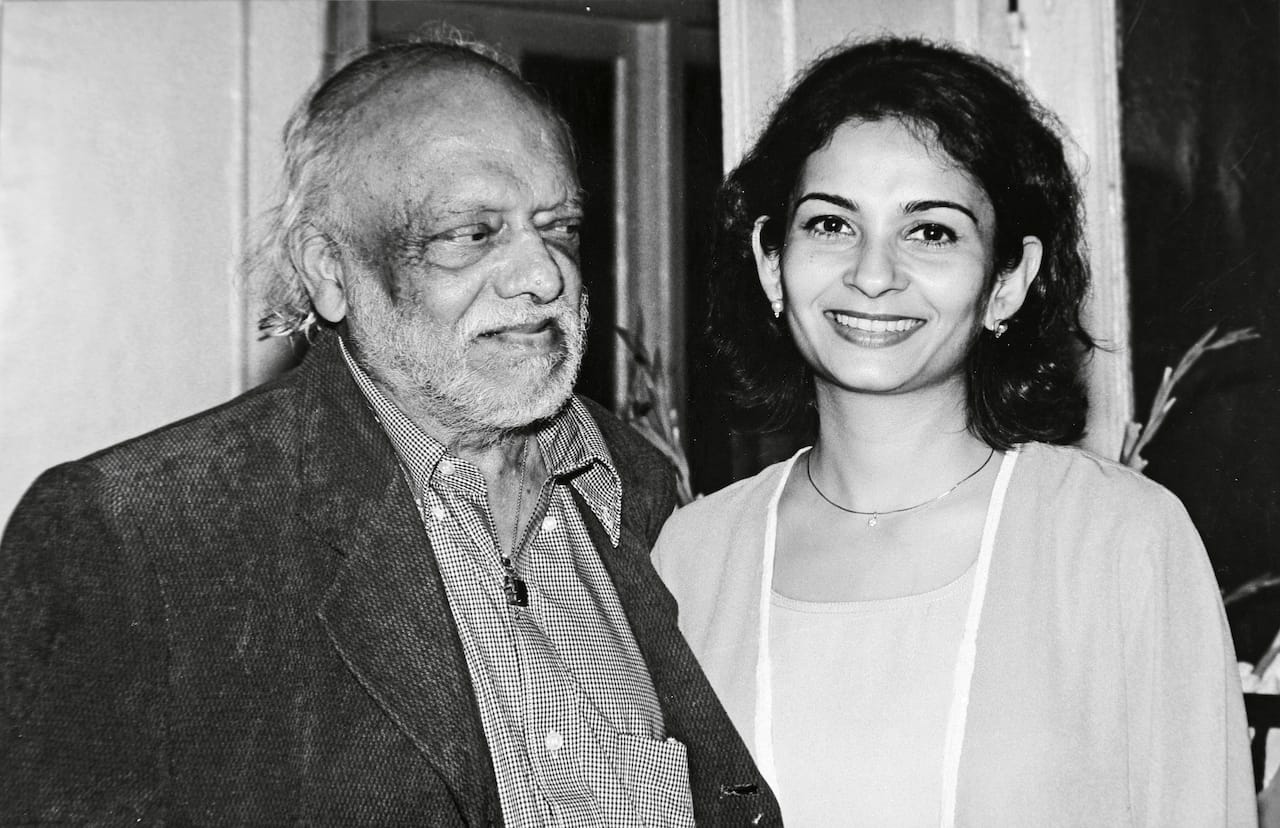
NS: Saffronart has been at the forefront of India’s art market since its founding in 2000. What was your original vision for the company, and how has it evolved over the years?
DV: When we started Saffronart, the vision was clear: to create a platform that offered transparency, accessibility, and information—things that were sorely lacking in the Indian art market. As collectors ourselves, my wife Minal and I experienced frustration with the lack of price references and limited access to works. We wanted to create a more democratic platform where people could make informed decisions.
While the core of Saffronart has remained the same, we've expanded over the years with webinars, panel discussions, and publications. Our aim is to continue creating a global presence while remaining true to our roots.
NS: You mentioned how challenging it was when you first started collecting art. What were those early years like for you as a collector?
DV: When I returned to India after Stanford, I immediately started exploring the art scene. A friend of mine gave me a print by the artist Raza, which hung in my dorm at Stanford, so art had always been a part of my life. However, the Indian art market back then was opaque, with very little information available.
I remember reaching out to Dinesh Jhaveri, a prominent collector, who advised me to visit as many galleries and exhibitions as I could. There was no internet, so it was all about physically being present, learning, and understanding art through observation. Minal and I visited every exhibition we could, and this engagement shaped our collecting journey and eventually inspired us to launch Saffronart.
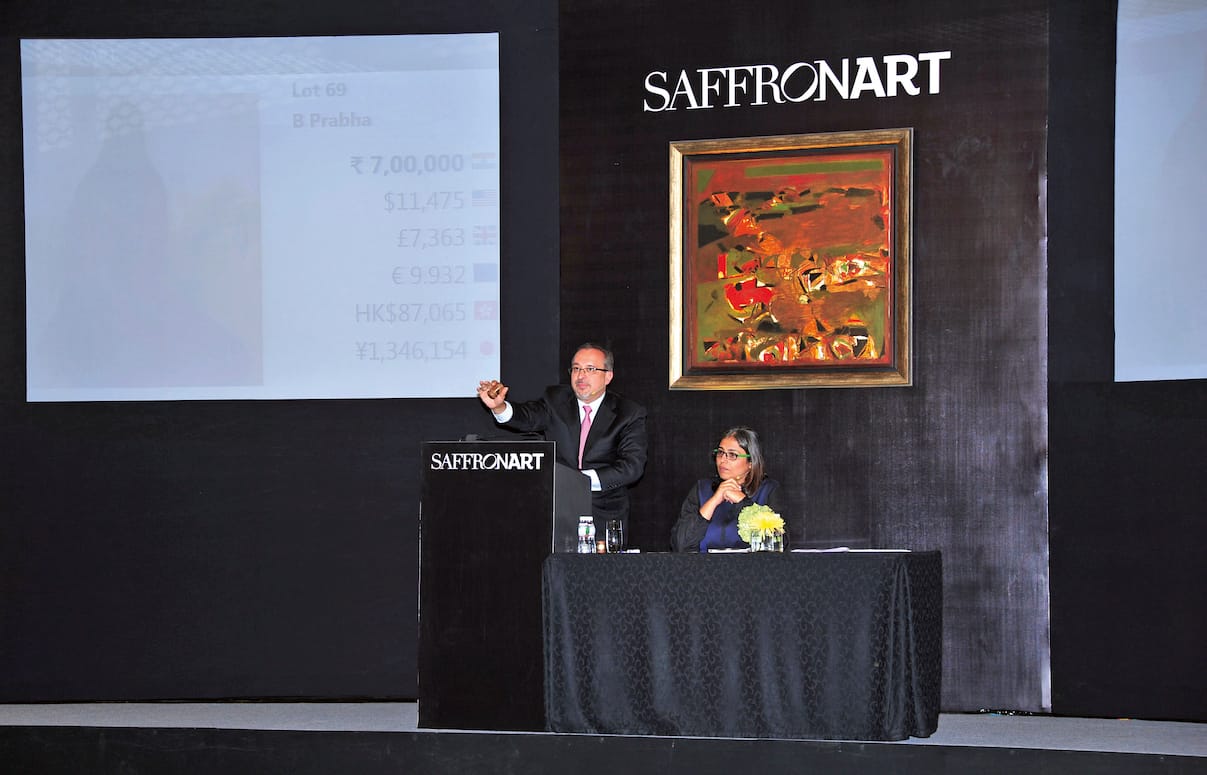
NS: How did you and Minal meet, and how has your partnership influenced the creation and growth of Saffronart?
DV: Minal and I met at a Thanksgiving dinner in San Francisco while I was at Harvard and she was at UCLA, studying chemical engineering. We kept in touch, and two years later, we got married. Both of us shared a passion for art, and that passion became the foundation of Saffronart.
Our experiences as collectors, where we often felt excluded from the market due to lack of information or transparency, made us realize that there was a need for change. Together, we built Saffronart to make art more accessible for everyone. Our partnership has been key to the company's success.

NS: The Indian art market has experienced both growth and challenges. What are some of the key trends you’ve observed recently, and how has Saffronart navigated these challenges?
DV: One of the most significant challenges was changing the mindset of collectors, especially non-resident Indians. Art served as a cultural bridge for them, but there was a perception that art was only meant for museums or high-end collectors. We worked hard to shift this perspective, promoting art as something to be lived with and appreciated.
In the early days, technological challenges also played a big role. We launched Saffronart in 2000 with a dial-up modem that took hours to upload anything. But as technology improved, we adapted and continued to push boundaries. Today, we’re embracing AI and blockchain to ensure transparency and enhance the collector experience.
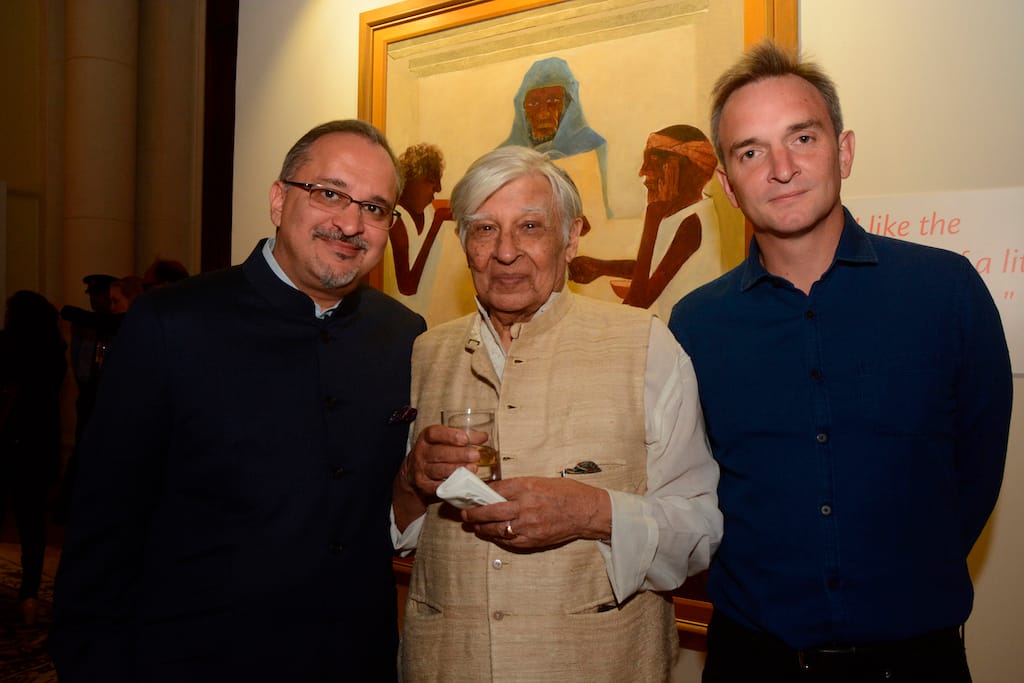
NS: You’ve expanded Saffronart beyond just fine art, into sectors like jewellery, antiques, and real estate. What motivates you to explore new areas, and how do you identify opportunities for growth?
DV: India’s cultural heritage is incredibly rich, spanning over 5,000 years. There’s so much beauty and history in this country, and we’re motivated by the opportunity to share this with the world. Whether it’s miniature paintings, fine jewellery, or real estate, our goal is to highlight things that are both historically significant and aesthetically valuable.
We’re also witnessing a shift in private individuals establishing museums, which is an exciting development. Institutions like the Kiran Nadar Museum of Art in Delhi and the Museum of Art & Photography in Bangalore are part of this growing trend. We’re thrilled to support collectors who are building significant collections for the future.
NS: Saffronart has a strong global presence, with offices in cities like New York and London. How do you curate your offerings for these international markets, and what trends are you noticing among global collectors of Indian art?
DV: Indian art is gaining significant global recognition, and we’re seeing an increased demand for it. Exhibitions featuring Indian artists at international venues, such as the Guggenheim or Centre Pompidou, have brought Indian art to the global stage.
Interestingly, the global market is now helping us curate what is in demand, rather than us curating specifically for them. Collectors and institutions are requesting Indian art, and this has created a reciprocal relationship. The global market is truly appreciating the depth and history of Indian art, and we are excited to be part of this journey.
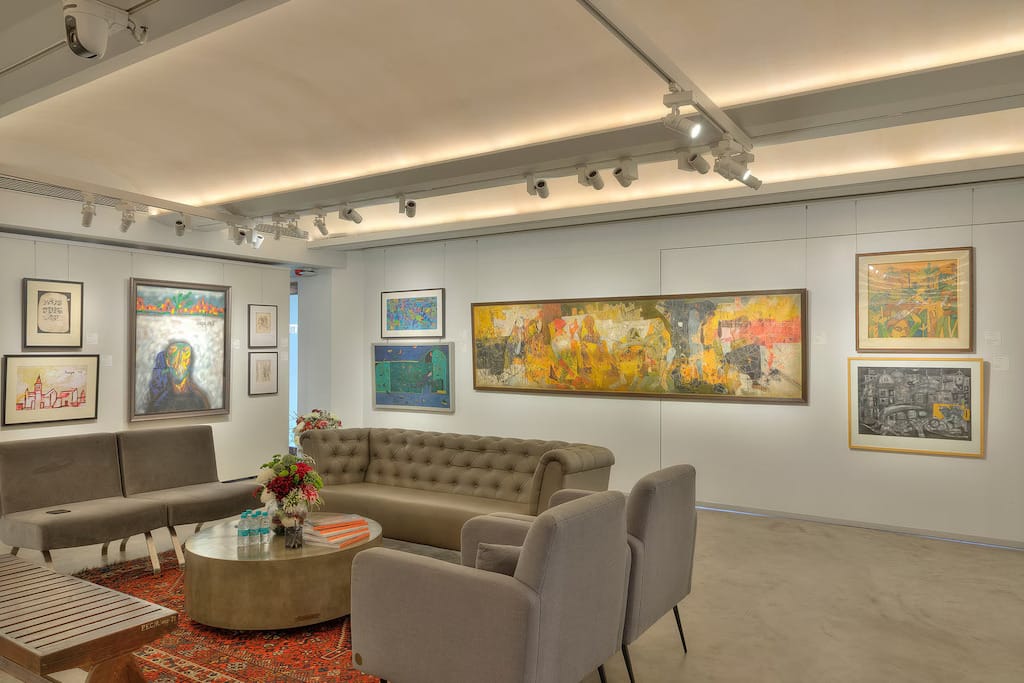
NS: Art Mumbai has become one of the leading platforms for contemporary art. As one of the co-founders, how does the fair reflect your vision for the future of the Indian art scene, and what role do you see it playing internationally?
DV: Art fairs are immersive platforms that encourage engagement, discussion, and learning. Art Mumbai was created with this in mind, and we aimed to represent the full spectrum of Indian culture—whether through art, theatre, dance, or music.
Mumbai has always been the hub of the Indian art movement, with institutions like the JJ School of Art and the Progressive Artists Group originating here. We felt it was important for Mumbai to have its own major art fair, and Art Mumbai reflects our desire to bring excitement and engagement to the city’s vibrant cultural scene.
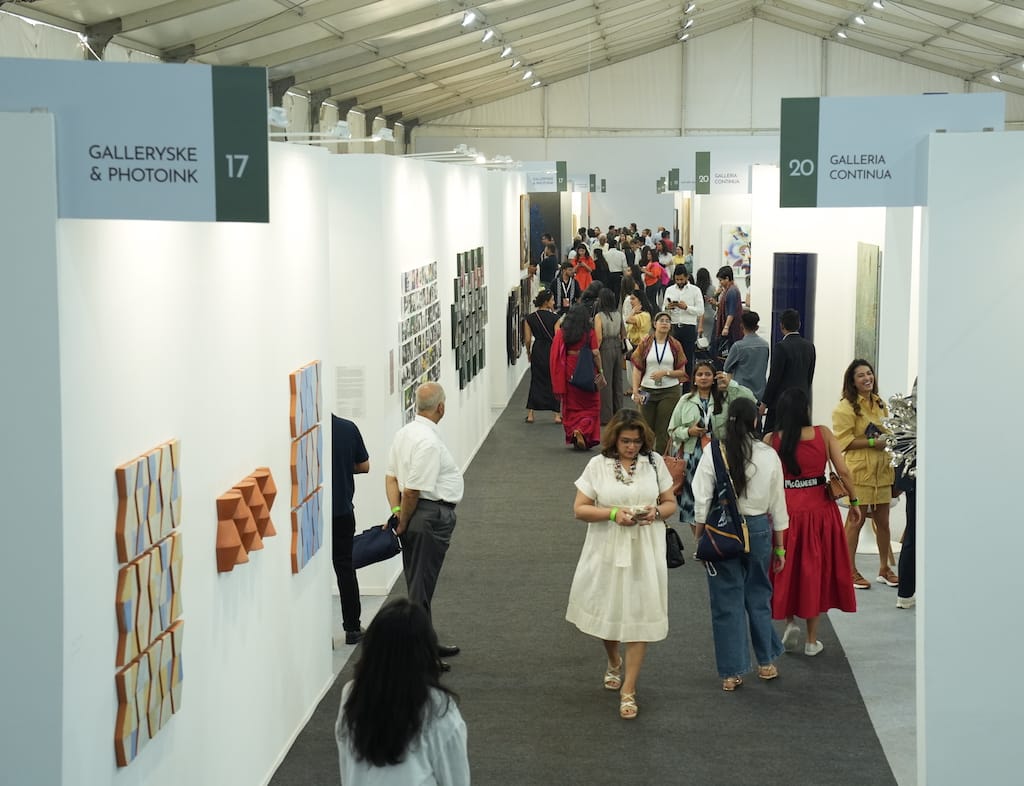
NS: You’ve always emphasized transparency and ethics in the auction process. How important do you think these principles are for the future of art collecting, both in India and globally?
DV: I believe that any good business is built on solid principles. For us, transparency and ethics have always been key. Collecting art is a journey, and sticking to these principles ensures a successful and fulfilling experience for both the collector and the artist.
The more transparent and ethical the process, the more trust you build with your clients. This is essential for long-term success, and we’ve made sure to embed these values into everything we do at Saffronart.
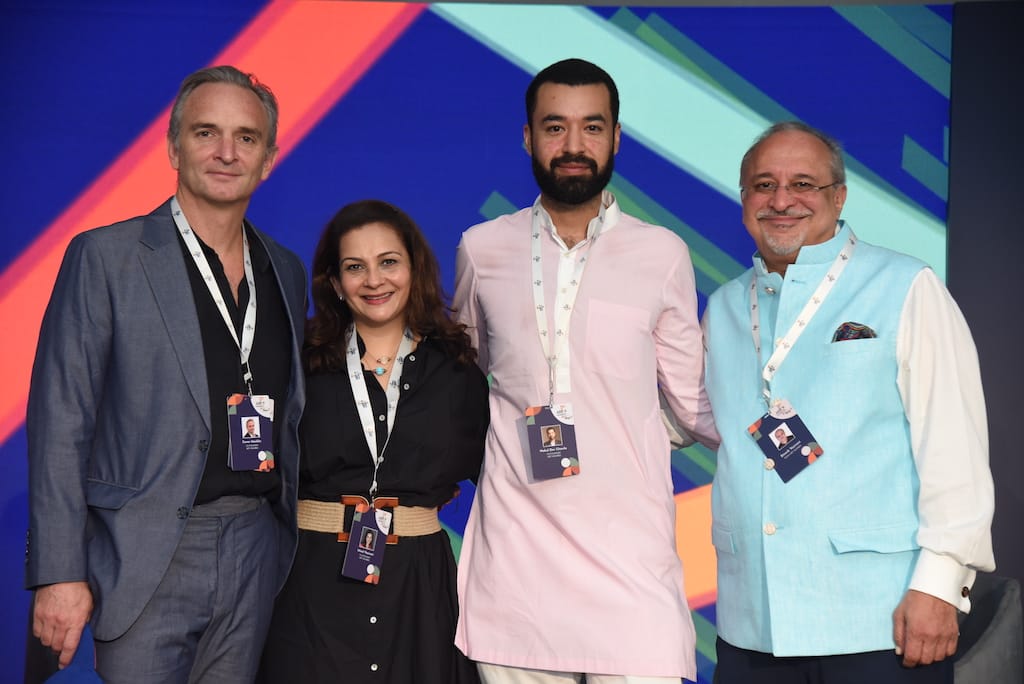
NS: With the rise of digital technology, how do you think the relationship between art and technology will evolve in the coming years? How is Saffronart adapting to these changes?
DV: Technology is an enabler in the art world. Blockchain can be used to document provenance and chain of ownership, while AI has the potential to recreate physical experiences in online settings. Though technology won’t replace traditional art, it will certainly enhance how people experience and collect art.
At Saffronart, we’re constantly exploring how we can integrate these new technologies to provide a richer experience for our clients.
NS: As a leader in the Indian art market, what advice would you give to young collectors or entrepreneurs who are looking to enter this space?
DV: Take your time. Art is a long-term journey, and the more you see, the more you learn. Attend exhibitions, visit biennales, and immerse yourself in the world of art before making big decisions. It’s important to find a personal connection with the works you collect.
Be patient, and remember that the right painting will find the right home in time. There’s no rush to fill up walls—take the time to build a collection that truly resonates with you.


